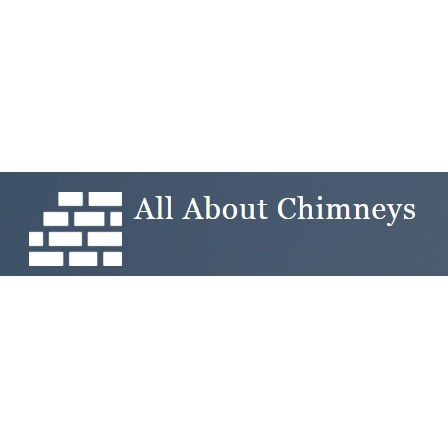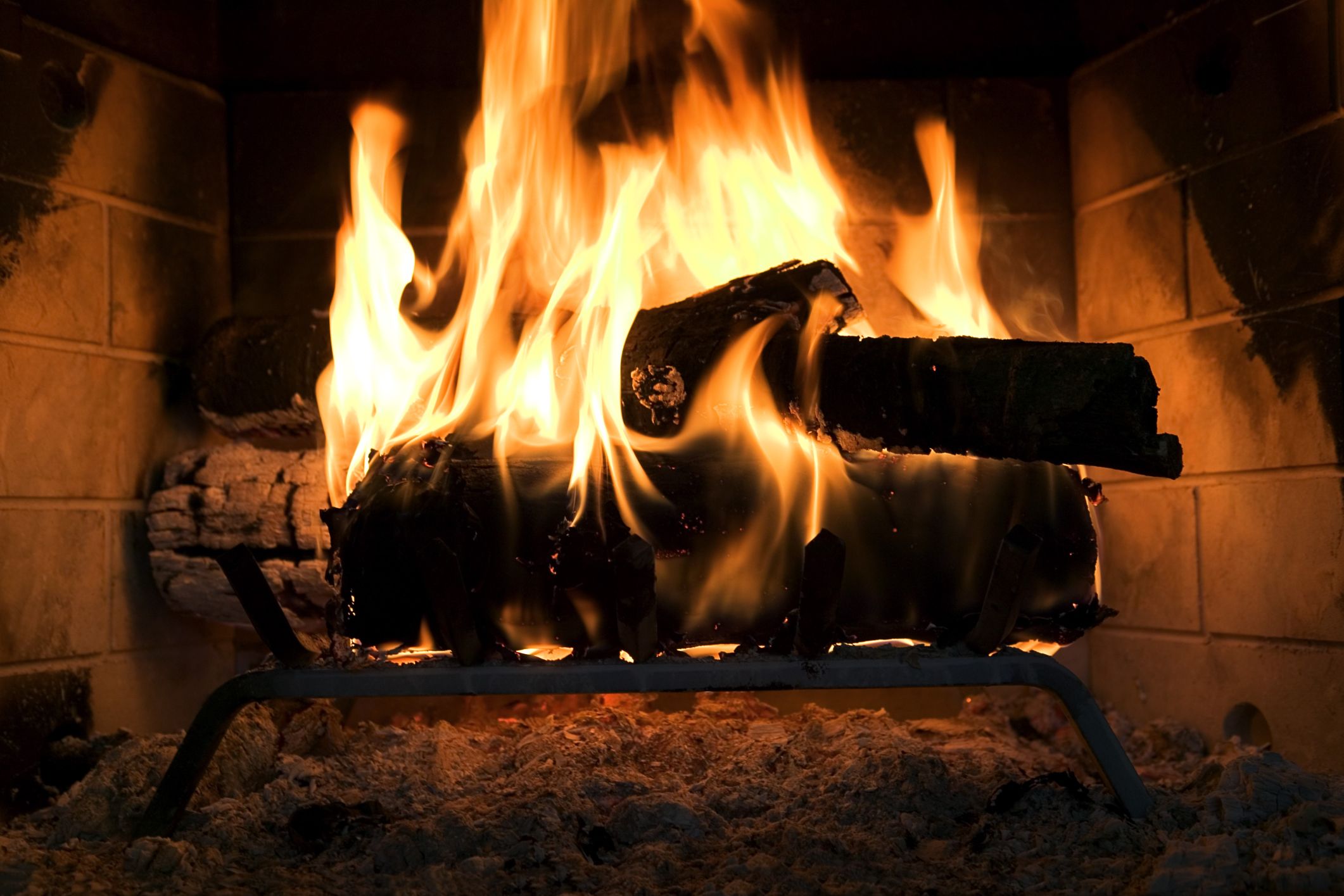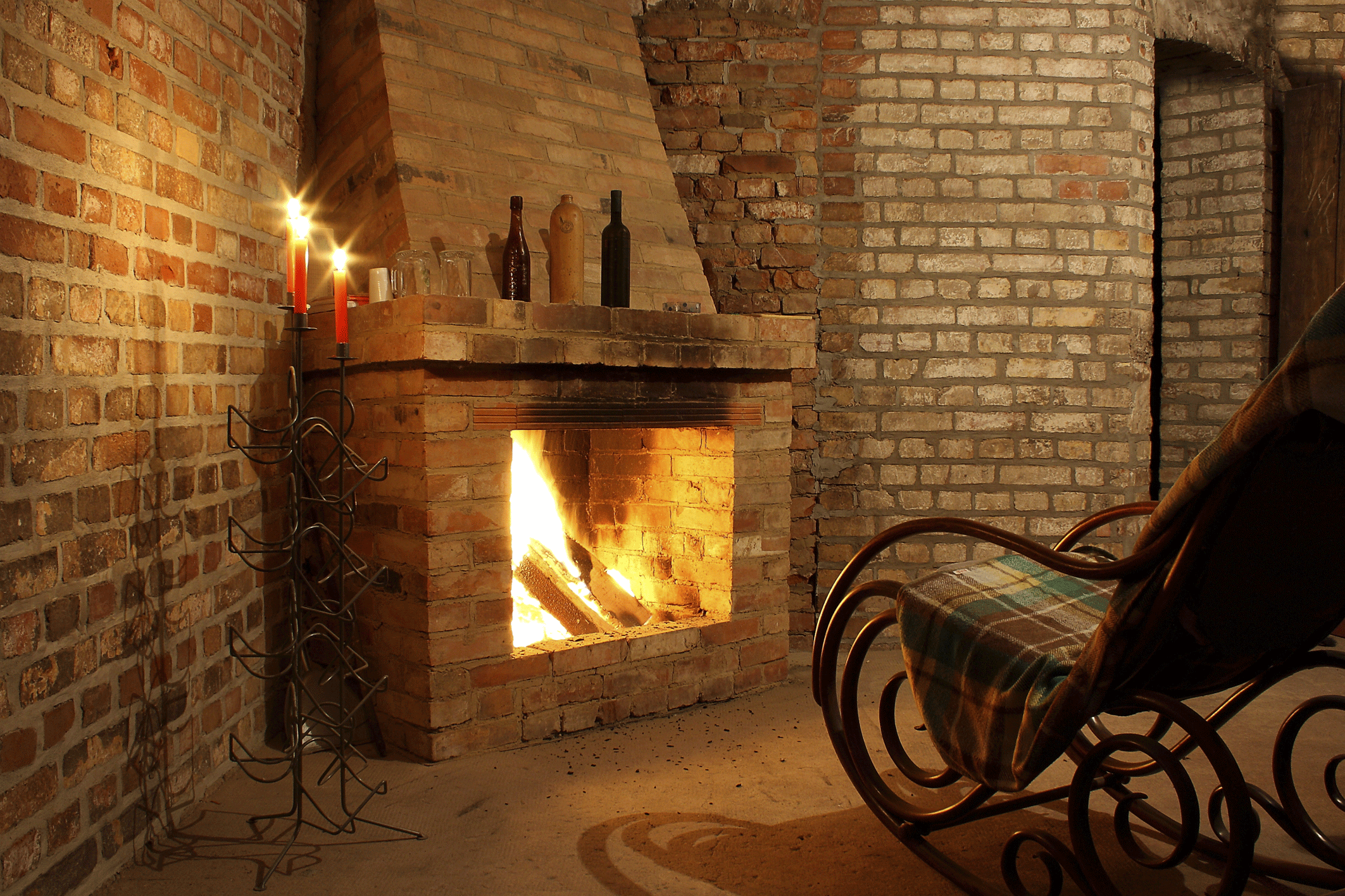An annual inspection and sweeping of your chimney will include a smoke test to ensure that the chimney is unclogged and drawing smoke correctly. This will also reveal any gaps or leaks in the chimney structure that need to be repaired.
Did you know that the most popular choice for chimney liners is clay tiles? These are inexpensive to purchase and can provide peace of mind and safety for both you and your family.
Blocked chimneys can do more than just give you a smoky living room. They can also cause carbon monoxide poisoning. Keep your family safe and your home free of toxic gases by having your chimney cleaned and inspected regularly.
Cleaning your chimney on a regular basis isn't a fictional need made up by chimney sweeps. The Environmental Protection Agency, Consumer Product Safety Commission and the American Lung Association all agree annual inspection and cleaning is important for your health and safety.
Chimney liners come in three main types: clay tiles, metal, and cast-in-place liners. While clay tiles are inexpensive and readily available, metal and cast-in-place liners are typically used to upgrade and/or repair existing chimneys.
Children were often employed by early chimney sweeps, as their smaller stature made it much easier to move through the chimney. In turn, the “master” sweep agreed to clothe and keep the child, as well as teach him the chimney sweep trade.
It’s important to remember that fireplaces are really only safe to use when the chimney is clean and free of any debris or obstructions. If you’re concerned that your chimney may not be fire safe, it’s a good idea to call in a pro before using it.
A common problem with a chimney is rainwater that finds a gap between the area where the chimney breaks through the roof and the flashing designed to keep out water and moisture.
Did you know that over 100 pounds of creosote can accumulate on the inside of a chimney? When chimneys are not cleaned regularly, the layer of creosote that forms continues to grow and can eventually block the entire chimney passage.
Water can really damage a masonry chimney. Most masonry materials are very porous and absorb large amounts of water, which in turn will expand and contract through the freeze and thaw cycles of winter. This can lead to cracking, leaks, and deterioration of the structure.
Any structure that ventilates gas or smoke from a broiler, stove, furnace, or fireplace to the outside is considered a chimney. Chimneys are usually vertical to allow the smoke or gas to flow freely.
Do you find yourself constantly putting off cleaning your chimney because you hate getting on the roof? Remember, not only is it safer for you to leave this task to the pros, but you’ll also get enhanced peace of mind that your chimney is actually safe for use.
Did you know that in 17th century England, there was a hearth tax levied on chimney owners? This was based both on the size of the house and the number of chimneys the house had. To lessen the financial burden, builder would connect various fireplaces with a single chimney.
Did you know the once a year chimney inspection standard still applies even when you don't use your fireplace often? Just because you aren't using it doesn't mean wild animals aren't building nests inside the chimney.
We recognize how completing basic home maintenance tasks on their own can allow homeowners to keep more money in their pockets. That said, chimney sweeping is more complex and is best left to a professional to ensure your chimney is really fire-safe.
Did you know that many of the DIY chimney sweep techniques that are available online are completely ineffective at properly cleaning out chimneys? To thoroughly remove the layer of creosote on the inside of chimneys that can lead to safety issues, professional tools and expertise is needed.
Chimney sweeps are considered good luck in many traditions. In England, it's good luck for a bride to see a chimney sweep on her wedding day. Pictures of sweeps given on New Year's Day in flowers or candy are good luck in Germany.
Is it possible to prevent the formation of creosote on the inside of chimneys? Unfortunately no. If you burn wood, creosote will gradually accumulate in the chimney column. You can however reduce the amount of creosote produced by sticking with dry seasoned wood for your fireplace.
In 17th century England, houses were taxed based on the number of visible chimneys. To help customers avoid the “hearth” tax, builders connected new fireplace flues to existing ones, so multiple flues would run up one chimney.
In order to maintain the efficiency of your chimney and reduce the chance of a chimney fire, it needs to be regularly inspected and given a thorough cleaning. This will get rid of the build-up of creosote and soot that typically accumulates on the chimney walls.
Regular use of a chimney sweep leads to a more vibrant fire that more easily warms your home. Dirty chimneys lead to less efficient fires that can also produce more toxic gases.
Masonry chimneys are beautiful additions to a home and are often thought to be indestructible. Unfortunately, the elements can erode the durability of your masonry chimney over time. Consider adding a chimney cover to protect it.
There are two basic reasons why regularly cleaning your chimney is important: safety and performance. Not only is creosote buildup flammable, but a clogged chimney will have decreased airflow, and your fires won’t burn as well.
Even if you use gas instead of wood to fuel your fires, it's still a good idea to have your chimney inspected each year. While gas is often clean-burning, you could still have bird nests in your chimney or other issues that need to be addressed.





